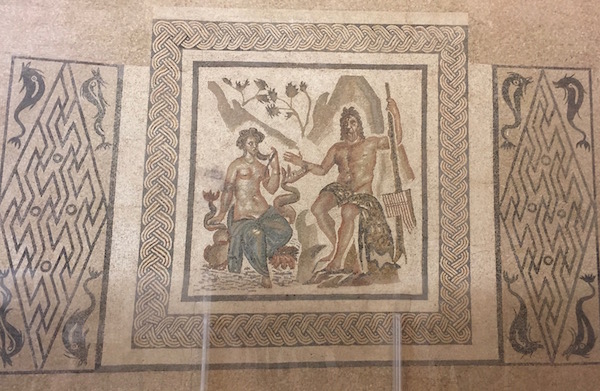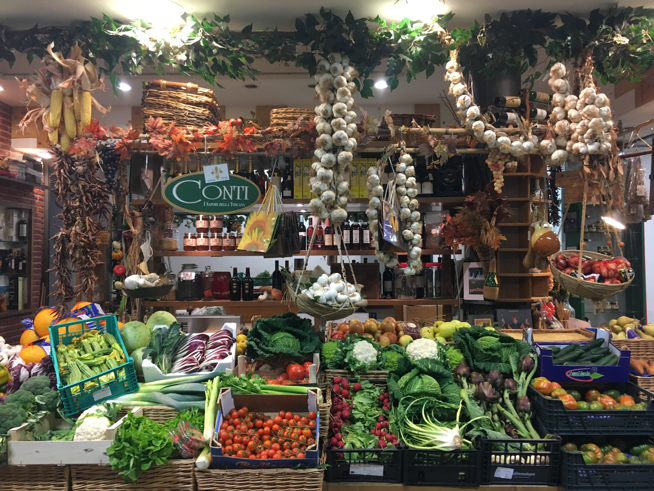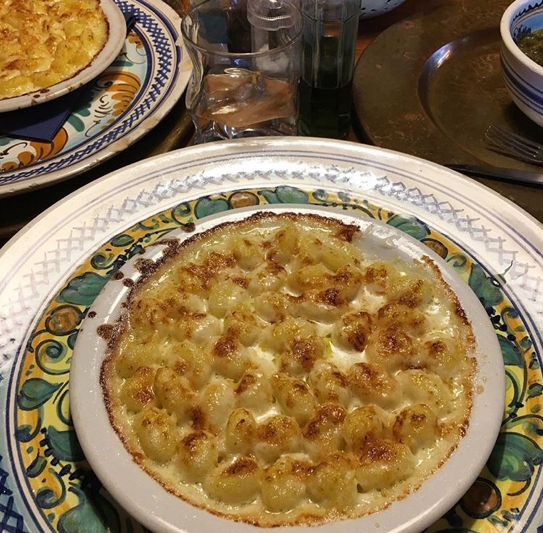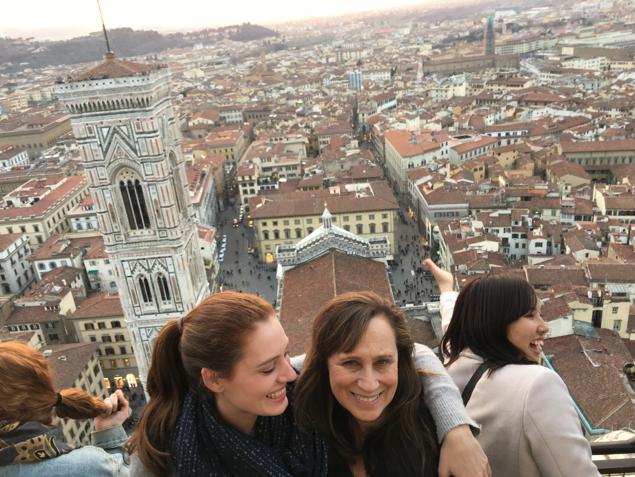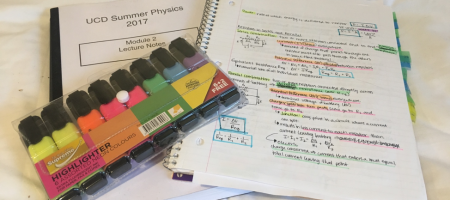Ireland | Summer Wrap-Up
BY GRACE HEART
You’ve probably heard the stereotypical “study abroad was the best decision I made in college” and “I met my best friends during study abroad.” I have to admit I never fully believed this and always kind of assumed it was just an exaggeration or a way to sell a program. Having completed my study abroad experience, I can say that study abroad has been the best part of my college experience so far and I definitely have met some of my best friends during the program.
This summer program was only two months long, however, it was enough time for me to experience living in another country and build strong relationships with the other students. I went into the program as a rising sophomore which was unique. Of the other 140ish students, I only met one other rising sophomore and she went to UCI. Everyone else was a rising junior. However, I did not find this to be an issue in making friends. I didn’t know anyone going into the program, but this did not prove to be an obstacle at all. The program makes it pretty easy to connect with other students. You are with the same people all day long every day and even participate in organized activities together for the first two weekends.
Furthermore, with everyone studying the same subject, I found it even easier to connect with other students. Especially with physics being a difficult subject, everyone wants to help each other out and studying together can really augment your success in the program. Studying with friends also just helps you maintain your sanity while studying physics 24/7. During the week, you basically study all day every day so surrounding yourself with friends and allowing yourself to take breaks makes the physics part a bit more manageable.
On the weekends, take a break from physics. Go out into Dublin and explore or travel to another city or even country. The weekends are your time to have fun and travel. Even the professors expected us to have fun on the weekends so don’t feel like you’re being lazy because students are expected to travel on weekends. This gave me all the more incentive to work hard during the week so I wouldn’t have to worry about catching up on weekends. The layout of the program is basically: work hard during the week, have fun on the weekends.
I am so so grateful that I was able to participate in this program. I really have no complaints about the program itself. The professors do a great job of teaching you a year’s worth of physics in two months. Yes, the program is difficult, but that’s just because physics itself is a difficult subject. The tutorials force you to practice the content and are built-in study times. As long as you do your best to keep up with the content and review the course material on a daily basis, you will be fine. There will be times when you feel more stressed than you’ve ever felt before for any class, but I promise you do not need to worry about your final grade. They curve the class more than any other class I’ve taken and they do everything they can to help you get an A. Just remember to enjoy the program while you’re in it because it goes fast. I wish you all the best and remember to HAVE FUN!




Grace Heart studied abroad in Dublin, Ireland, in Summer 2017: http://eap.ucop.edu/OurPrograms/ireland/Pages/science_engineering_summer_uc_dublin.aspx















